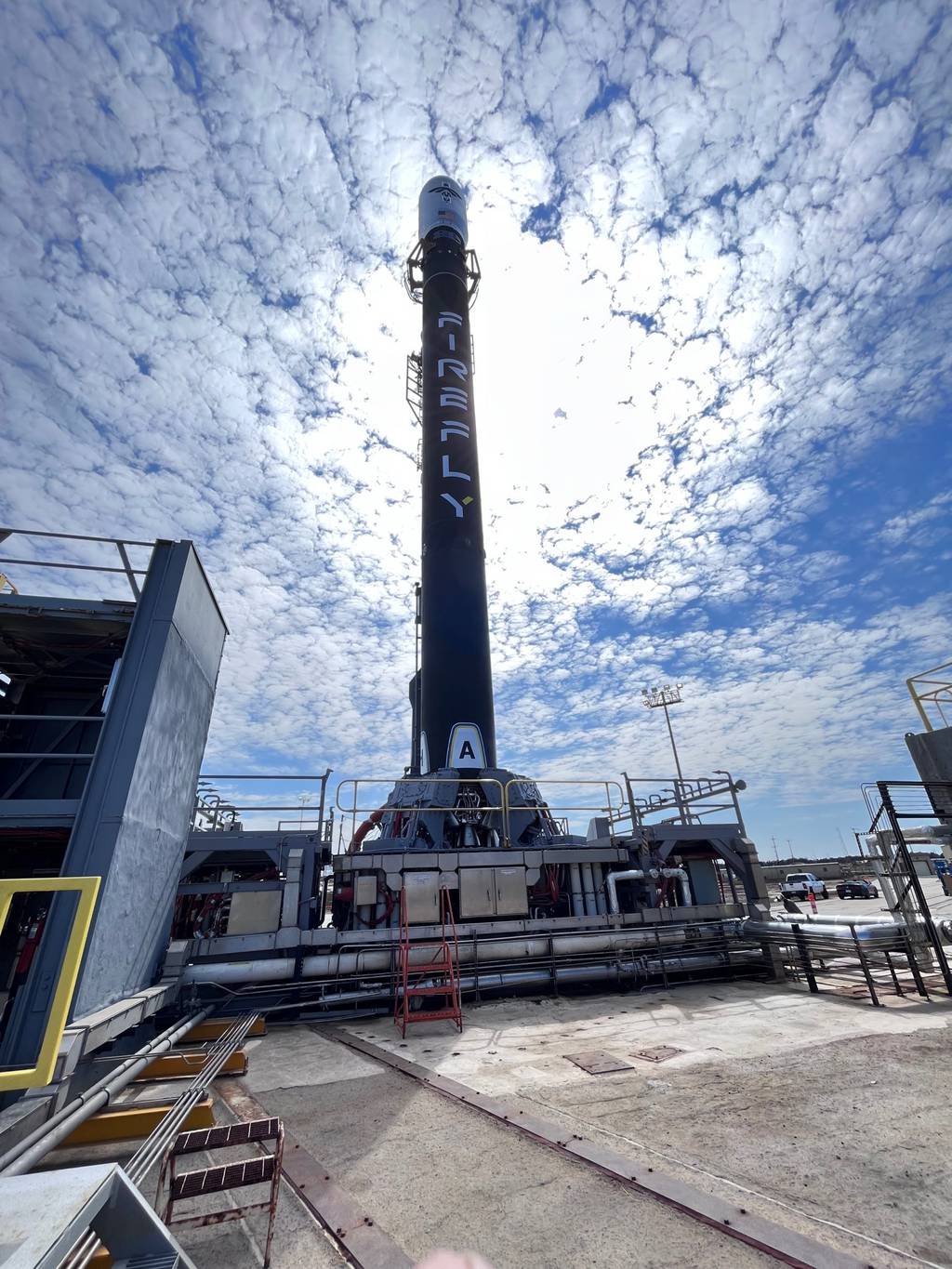Chantilly, Va. — A senior U.S. Space Command official sees an increasing need for a rapid launch capability as threats from adversaries like China and Russia put on-orbit assets at risk.
Lt. Gen. John Shaw, deputy commander of SPACECOM, told C4ISRNET this week there’s a growing need for on-demand launch capabilities that can be leveraged to replace or augment satellites, a concept referred to as tactically responsive space.
“When we look across our mission set and how we think we will need to be doing operations in the future, one hindrance to all that is that it takes a long time to put something on orbit,” Shaw said in a Jan. 24 interview. “We want to be more responsive. We can’t wait years to respond.”
The Space Force has been crafting an acquisition strategy for tactically responsive space and is planning a demonstration later this year. For that mission, dubbed “Victus Nox,” the service is working with Millennium Space Systems to produce and deliver a satellite in just eight months and Firefly Aerospace to launch it with just 24 hours of notice.
The mission follows a 2021 demonstration in which Northrop Grumman’s air-launched Pegasus XL rocket carried a Space Force satellite to orbit with a 21-day call-up period.
Shaw said he’s encouraged by the growth in the commercial launch and small satellite industries and their potential to support a faster development and launch cadence. He pointed to rocket reusability and the ability to produce small spacecraft more quickly as encouraging signs.
“We have reusable launchers that are cheaper. We’re finding ways as a nation to make satellites faster and smaller,” he said. “All of these changes in our space industry are spiraling us toward a more responsive capability. We’ve just got to keep pushing.”
Shaw noted that questions remain about whether industry can perform on its promises and said the Space Force should work closely with companies to makes sure their business cases can close.
Cost and contract realism is a concern for the Space Force as well, according to Frank Calvelli, the Space Force’s top acquisition official. During a Jan. 24 National Security Space Association Conference in Chantilly, Virginia, Calvelli said he plans to implement best practices from the intelligence community, which has had success in working with companies to make sure their projections are executable.
Courtney Albon is C4ISRNET’s space and emerging technology reporter. She has covered the U.S. military since 2012, with a focus on the Air Force and Space Force. She has reported on some of the Defense Department’s most significant acquisition, budget and policy challenges.








